The majestic big cats of the world are some of nature’s most skilled predators, showcasing a remarkable synergy with their environment. From the heart of the African savanna to the dense jungles of South America, these creatures have developed ingenious ways to turn the natural world to their advantage, ensuring their survival. Let’s explore six fascinating ways big cats use their environment to become apex predators.
Cloaked in Camouflage
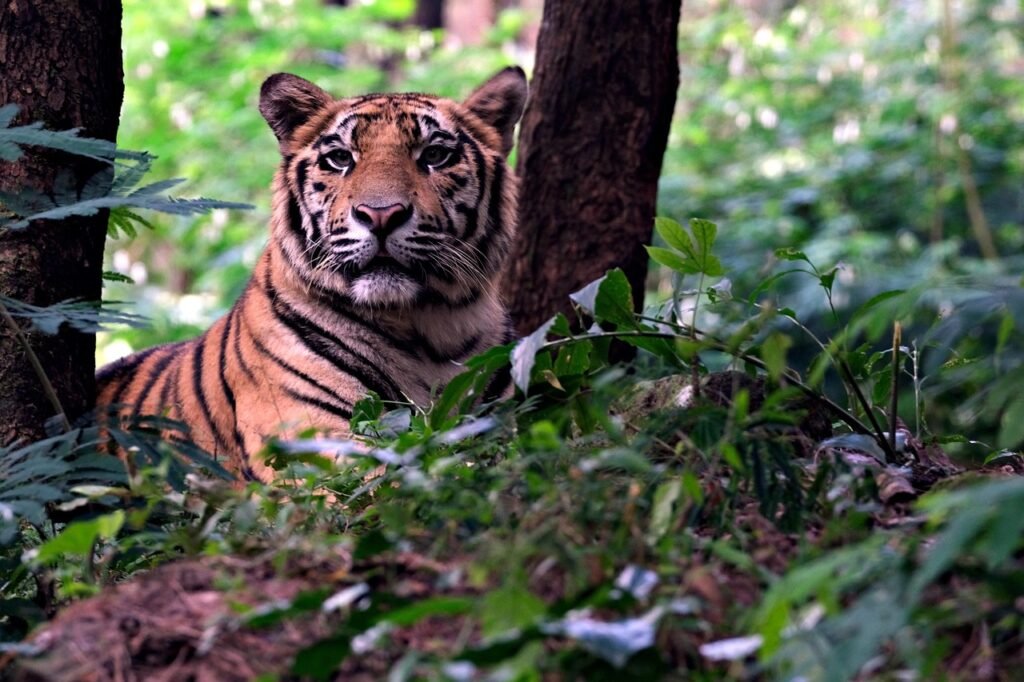
Big cats are masters of disguise, using their unique fur patterns to blend seamlessly into their surroundings. For instance, the tawny coat of a lion helps it vanish into the golden savanna grasslands. Meanwhile, the Bengal tiger’s orange and black stripes mimic the dappled sunlight filtering through dense foliage, aiding in stealthy ambushes. This natural camouflage allows these predators to stalk prey undetected until the perfect moment to strike.
Exploiting the Element of Surprise
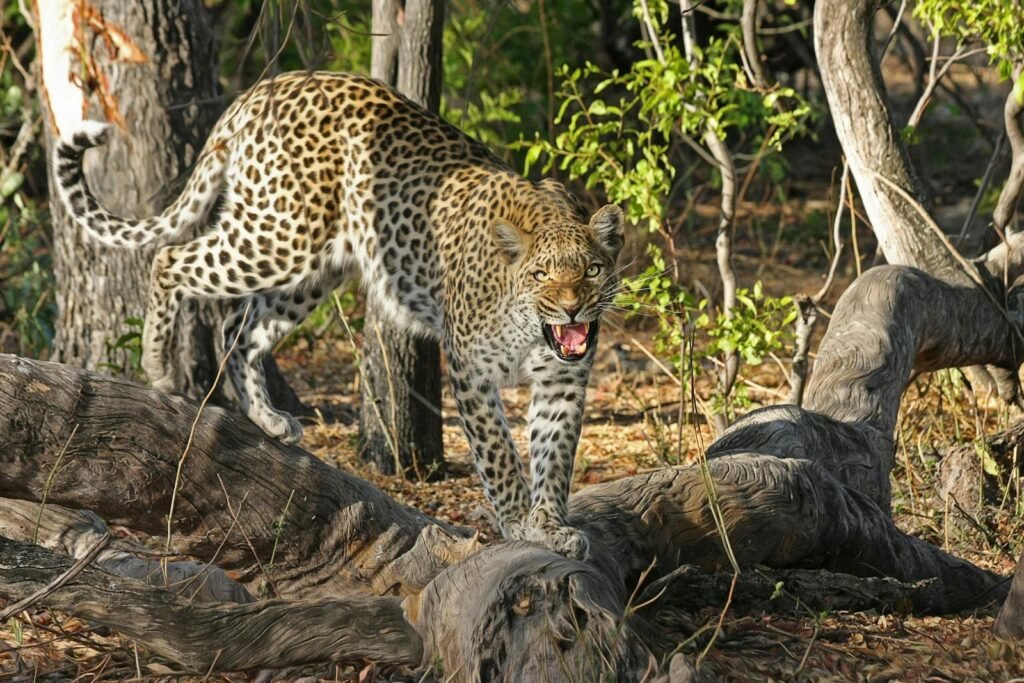
Many big cats, like leopards and tigers, leverage the element of surprise by attacking from hidden vantage points. They often use elevated positions, such as tree branches or rocky outcrops, to observe prey from above before launching a sudden and powerful attack. Their ability to approach silently and swiftly ensures that prey has little time to react.
Harnessing the Power of Night
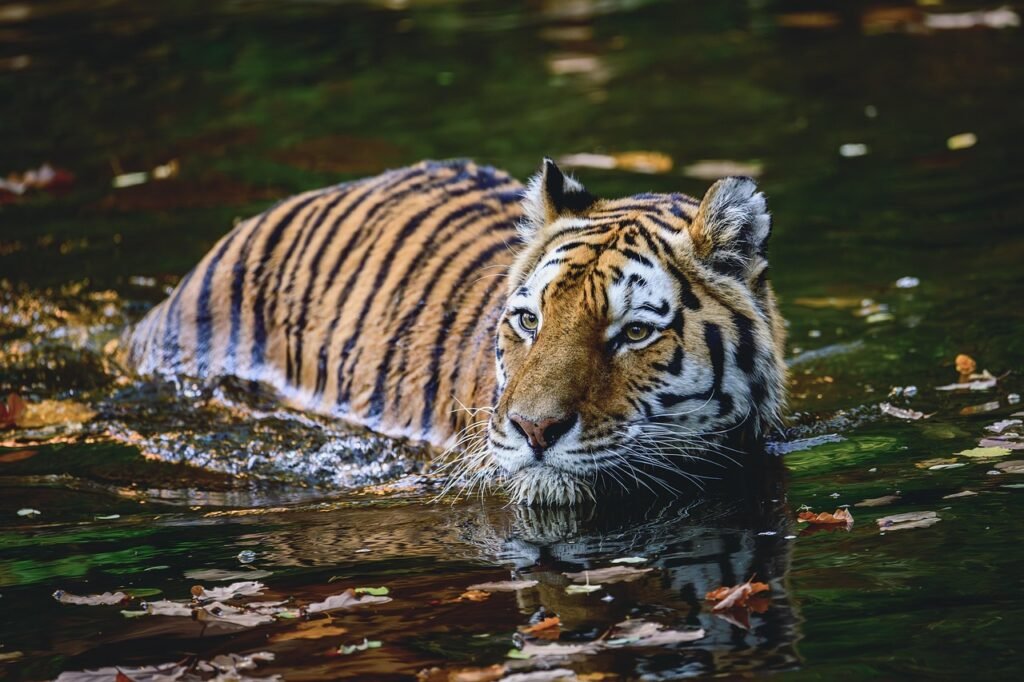
Numerous big cats are nocturnal hunters, taking full advantage of the cover of darkness. Their eyes are adapted to low-light conditions, giving them excellent night vision. For example, tigers and leopards primarily hunt under the cover of night, using their keen eyesight to spot prey that is unaware of the lurking danger. This nighttime hunting strategy reduces competition for food and increases their success rate.
Taking Advantage of Terrain
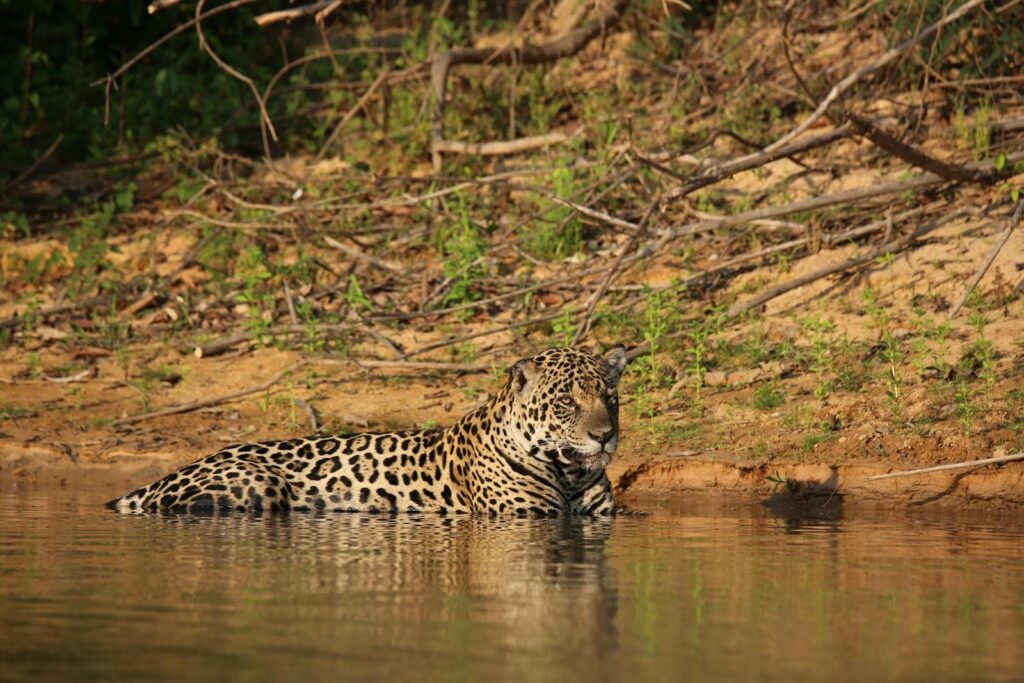
Each species of big cat has evolved to hunt in its specific habitat, using the terrain to its advantage. Cheetahs, built for speed, exploit wide open plains where they can chase down prey with extraordinary acceleration. In contrast, the dense jungle provides the jaguar with ample cover to stalk and ambush unsuspecting animals. Understanding and adapting to their environments makes these cats efficient hunters.
Leveraging Water as a Weapon
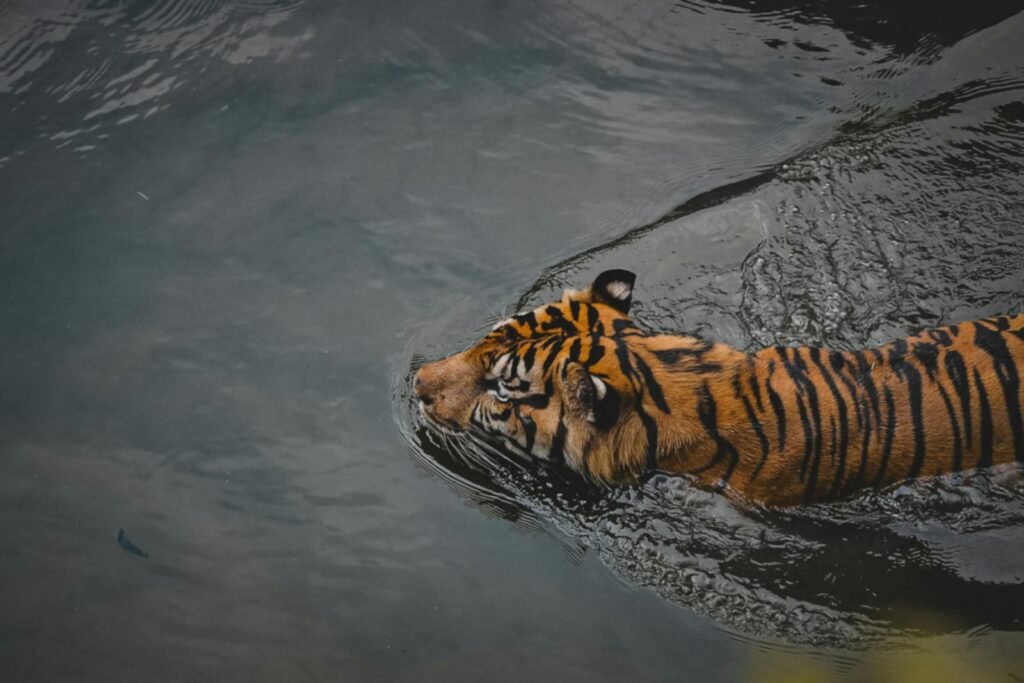
Some big cats, particularly tigers and jaguars, are excellent swimmers and will use water to their advantage when hunting. Tigers are known to chase prey into rivers where their swimming skills allow them to make a kill more easily. Similarly, jaguars hunt along riverbanks and are adept at catching prey that ventures too close to the water, including caimans and capybaras.
Understanding Prey Movement and Behavior
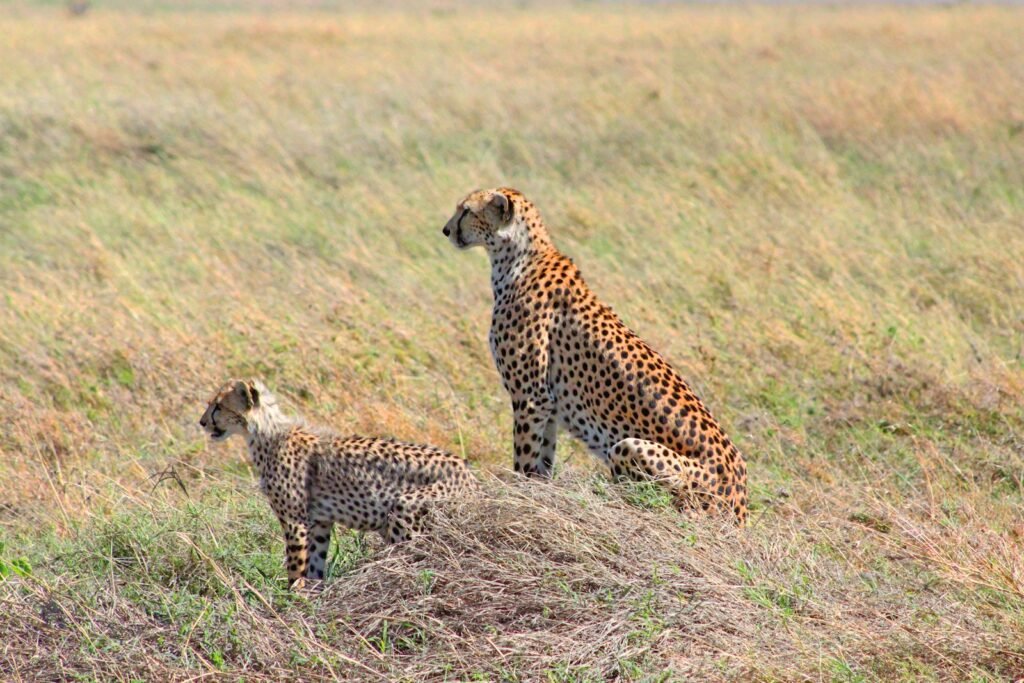
Big cats have developed an acute understanding of their prey’s habits and routines, allowing them to predict movements and strike at the most opportune moments. Lions often work in groups to strategically encircle herds, identifying weak or young targets before coordinating an attack. This social hunting technique relies on an intimate knowledge of the prey’s behavior and the environment.
## Conclusion: The Symphony of Survival
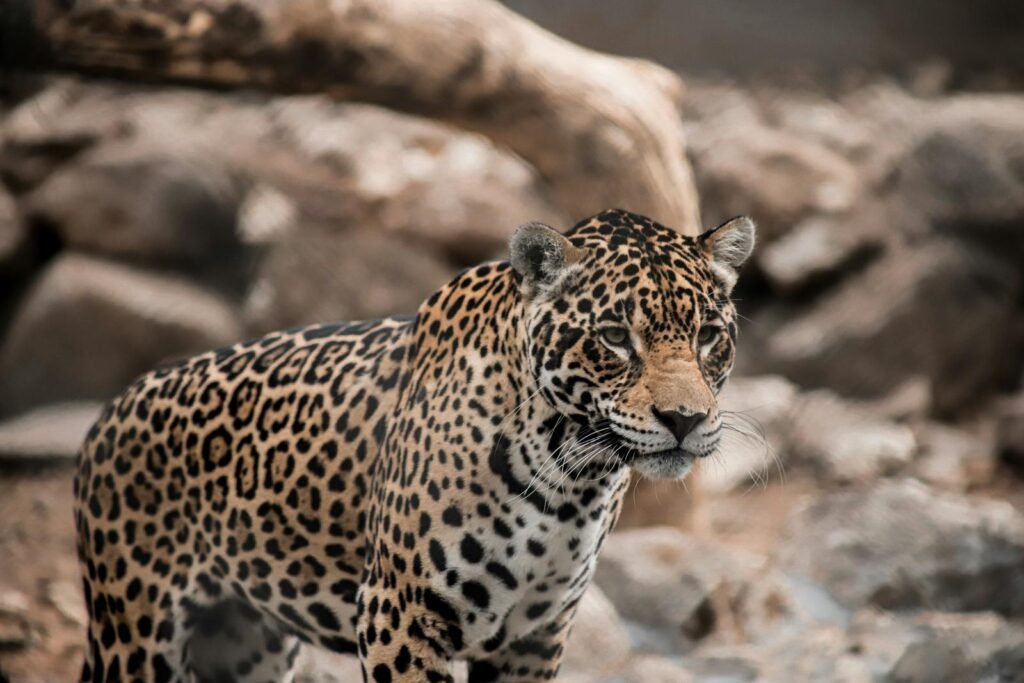
The success of big cats as predators is a testament to their incredible adaptability and resourcefulness. By using camouflage, surprise, nocturnal advantage, terrain, water, and prey habits, these magnificent animals turn the natural world into a theater of survival, showcasing a captivating dance between predator and environment. This intricate relationship highlights the delicate balance of ecosystems, reminding us of the vital role big cats play in maintaining the health and diversity of their habitats.






